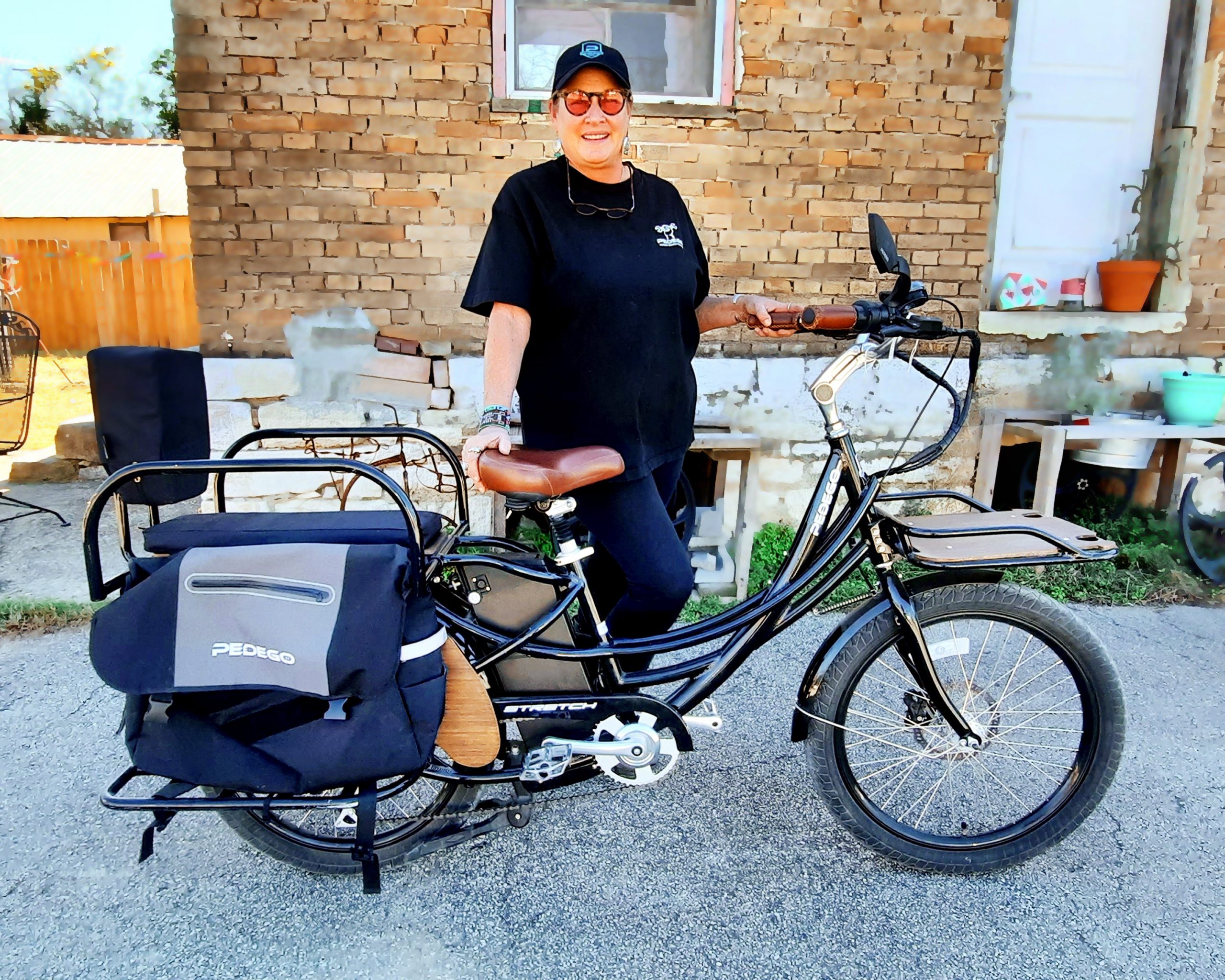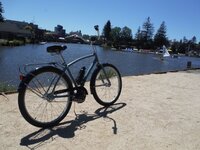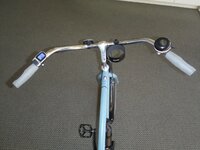I feel like this is an oversimplification. The concept of torque sensing as described suggests that torque sensing bikes have no assist 'levels' - that you simply get on and ride, and the bike will compute a predetermined output based on the rider's input. Any half decent bike we've owned with a torque sensor has multiple levels of assist - when you put them into the highest/boost option, the amount of rider input is typically doubled, tripled or even quadrupled. The result is that even though it is still torque-assist based, the motor output for the vast majority of users far outweighs even the lightest input, requiring next to no real effort - and I'm a 300+lb dude.
Well, the majority of my personal experience with torque sensing is with that 39 lb ebike I showed in that article, which I purchased and owned. As I said there, one of the things I wanted to verify by buying it was whether what I had heard about torque sensing held up to the actual experience. Unfortunately, it did. While that bike had five separate assist levels, it was not capable of providing the amount of assist you are describing (i.e. up to almost zero pedal effort). Part of this is no doubt because it is a low-power bike, peaking at around 400w. Torque sensing behaved exactly as advertised: Output was proportional to input. Meaning more force on the pedals was required to get more force back out of the motor, and if you took it easy, the bike essentially said screw you work for it or you get nothing back. Going to a higher level of assist increased the output level increments, but the core tenet of the system was it took hard(er) effort to get the bike to give you a result. Light effort yielded minimal assist regardless of the PAS output level.
Just as cadence based systems are not all on/off switches, I am sure there are more sophisticated torque sensing systems (and lets bear in mind I wrote that article in 2019), but the bike I purchased was not one of them... and it behaved exactly true to form in the sense that what people tell you is torque sensing is what I got.
With regard to torque sensing, I'm afraid we will have to agree to disagree. I like torque sensing precisely because it makes riding ebikes more natural, i.e. more like a conventional bicycle. Both my ebikes have torque and cadence sensing and they make me feel like I have Superman legs, a very powerful feeling!
OK, but as a philosophical exercise I have to ask why is this conventional bicycle experience considered to be desirable? And I'm asking this as a lifelong cyclist myself before going over to the dark side.
I think its part of a work-ethic and a function of personal pride. It is tied to a bicycle being a difficult-to-master, workout/exercise tool that is beyond the ability of mundane mortals. Thats good for the rider's self esteem, but does it make a bike a better tool more usable to a broader spectrum of the population? I don't think it does, and to bolster that argument I would point to the Far East where cycling as a sport is effectively nonexistent, but riding a bicycle is a daily transportation tool (i.e. 'slog') and in that world, where literally an order of magnitude of bicycles exist in use over the entire rest of the planet, there is effectively zero demand for torque sensing. The reason for this, I'd argue, is not that Far Easterners are unable to build bikes with the feature. Its because they are not using bikes for recreation. Their bikes have a job to do and torque sensing's purpose is to fulfill the work ethic demanded by the analog-era Western recreational cyclist.
I expect torque sensing preference to fade away just like resistance to the derailleur did starting about 100 years ago. Today your typical rider cannot even imagine why a lack of a derailleur can even be considered a positive thing, and over time as electric assist becomes the norm rather than the exception, we'll see the same sort of attitude change.
This all goes straight into my position that an ebike should not be looked at as a bicycle (with the shining exception being how they are treated within the vehicle code and traffic laws). Of course we all understand the dictionary definition, but thats not the point of making the differentiation. From my first few rides on my first ebike, where I was actively trying to use the bike as a fitness tool as well as get back into daily commuting, I realized almost immediately that what I was riding - as a system - was almost nothing like bicycles after decades of daily riding. I had to treat the ebike as an entirely new system, with different rules to learn and master (certain things carry over, of course, but a lot less than you'd think just looking at one vs. the other). I'm not the one who came up with calling an ebike a 'bicycle-shaped object' but the differentiation is an apt one. Some of the worst ebike advice you can come across is from a cyclist who treats an ebike like a bicycle (I am not lumping anyone here into this category; just saying it exists).
I would not trade that wonderful feeling for buttons or a twist throttle.
Just to be sure I didn't give the wrong idea: I am using cadence-based sensing to work out - using pedal assist. Not a throttle. I'm happy to use a throttle on occasion - especially when carrying cargo and I need to start up from a stoplight - but we're both pushing on pedals to make things happen. I'm just doing it in a different way. And also I am using a mid drive motor (BBSHD) with a highly configurable pedal assist system that I have - to oversimplify - dialed back significantly so it can never run away from me. I do have buttons in the mix but thats just to dial up or down the assist increment. Back in 2019 when that article was written I was still using my dual hub AWD commuter bike which was less configurable, but it worked just as well by simply using the 2x5 assist levels as a 10-level system, along with the occasional downshift in intense wind (its a flat-land commute so no other reason to shift; especially with a hub motor).


